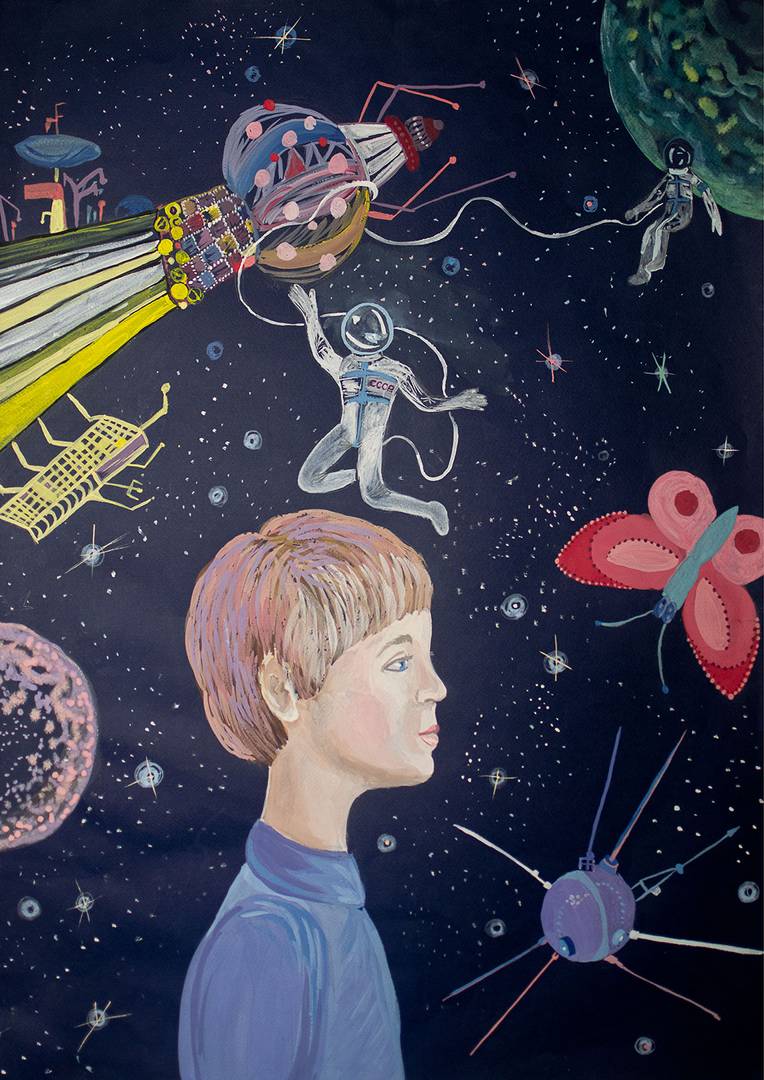
Film “Interstellar”, 2014
In our minds, the memory of the Soviet tradition of optimistic perception of space as a space for growth, ascension and realization of dreams is still alive. However, if we look at modern Russian cinema, we can clearly notice that it looks towards our feet or towards the past. The future is covered by a veil of immediacy; In Russia there is not a single film made that tries to talk about it in an affirmative and effective sense.
And the most surprising thing is the situation in which we can talk about the positive pole of the fight for a dream, the dream of humanity, using the example of an American film. Interstellar – Interstellar – is a rare phenomenon on the Hollywood horizon. Even the title brings it closer to Soviet cinema from the great era of the space dream, a title that, curiously, has not been translated into Russian at the domestic box office. Perhaps to avoid these family associations?
“Humanity’s next step will be its greatest” – says the advertising slogan of this film. Let’s take a closer look at what ideas support this statement, by what means they are conveyed to the viewer, and what exactly is behind the concept of “greatest step”.
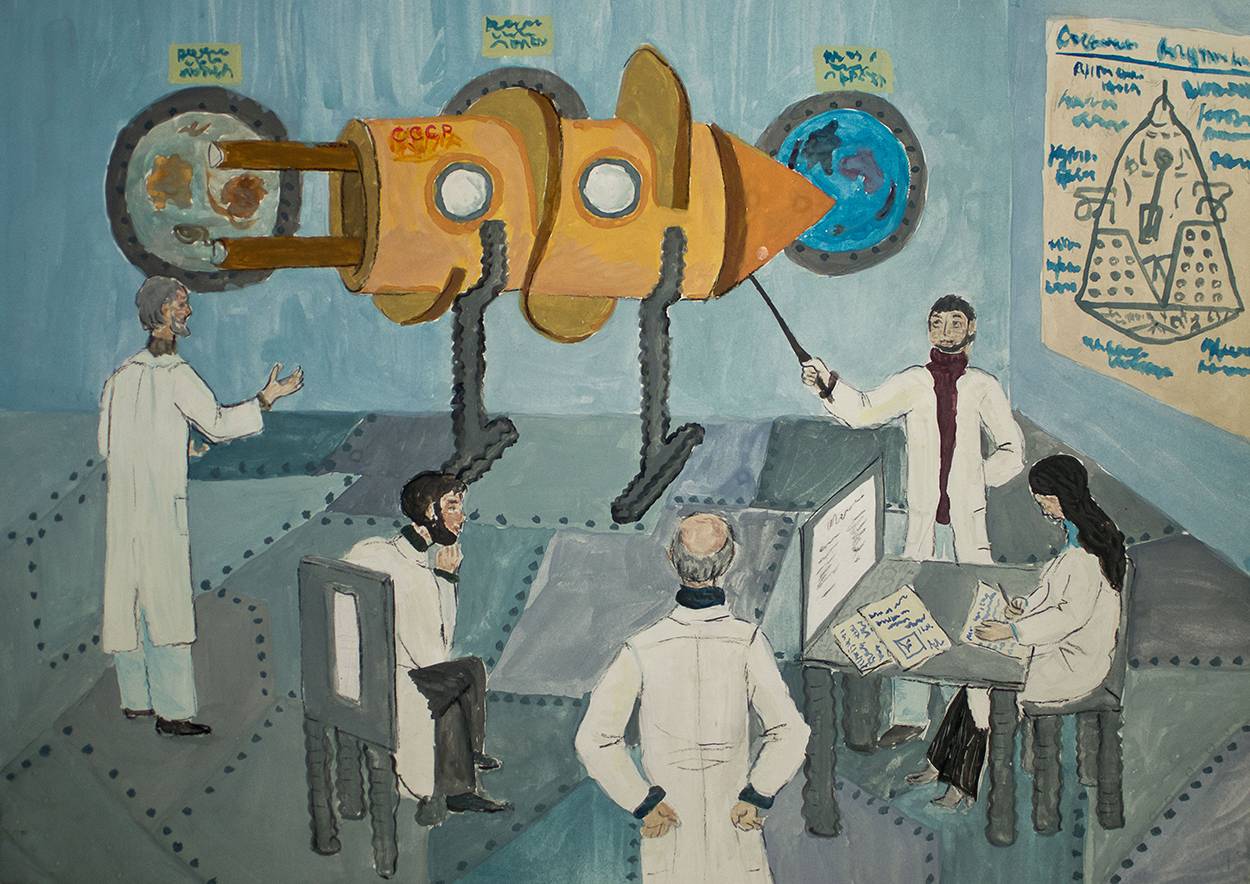
The film’s genre, defined as “fantasy,” requires clarification: science fiction. An extremely rare phenomenon in the modern world of culture is truly science fiction, which has even given rise to a discussion among scientists about the reliability of the ideas of the theory of relativity, quantum mechanics and astrophysical phenomena embodied in the movie. Beautifully, clearly, done as realistically as possible.
We will touch on the plot outline in the most general terms, inviting readers to familiarize themselves with it as they watch the film.
A near future. The last years of human existence on Earth. The planet is gradually becoming unsuitable for human life. There is only one salvation: finding a new home in space. A mysterious gravitational anomaly allows us to penetrate another galaxy. A secret organization of scientists is preparing expeditions into space and a plan to save humanity is being worked hard on. Thanks to the feat of the astronauts, a new planet was found, thanks to the feat of the scientists, humanity was saved on the orbital station. To achieve all this, it was necessary to overcome a series of moral contradictions, solve the riddle of the space-time continuum, take advantage of the multidimensionality of space and bring all of humanity to the level of a different worldview.
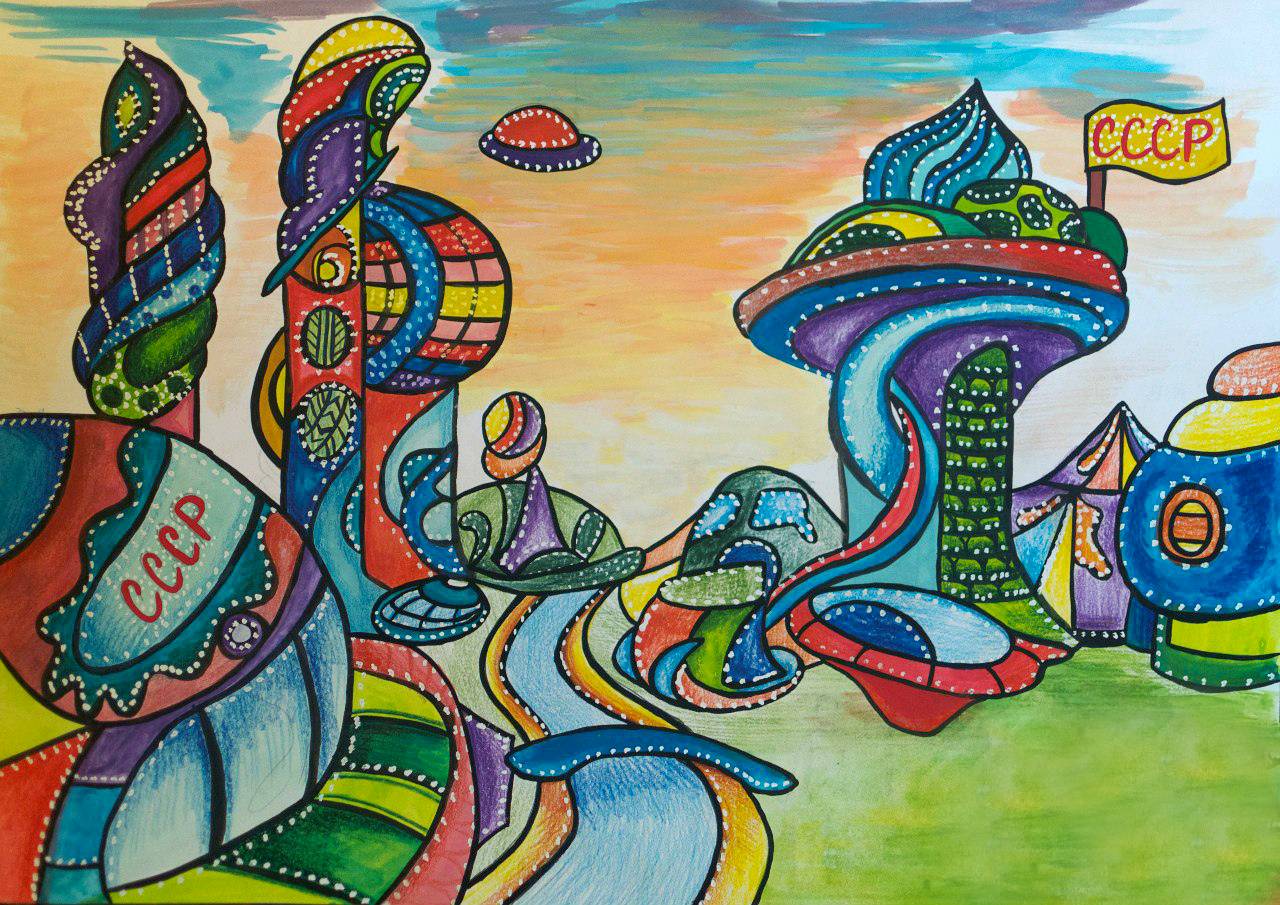
Brevity, like any sketch, impoverishes the description of a work of art. But our goal is not to duplicate the impression, but to highlight the ideas included in the diagram, recognize them and observe them.
The film’s first unusual encounter is its historicity. Even the modicum of historicity in modern science fiction is cause for surprise, but here it was stated unequivocally and directly (not a doubt, but a declaration) that the entire epic of the American landing on the Moon is a hoax. And immediately the main character overcomes the deafening disappointment, his protest becomes not a war against the fact, but a bitter awareness of the loss of a dream: “It’s as if we have forgotten who we are. Explorers, discoverers, not farmers. Once upon a time we looked longingly at the sky and we looked for our place among the stars. And now the only thing we worry about is crawling on the ground.”
It is this call to return to the dream that is reflected in the motto. After all, this is a transformation of astronaut Neil Armstrong’s famous words, compare: “This is a small step for one person, but a huge one for all of humanity.” AND “Humanity’s next step will be its greatest.” The film’s motto does not speak of looking to the past in search of a lost dream, but of persistently affirming the dream of the present, revealing the future.
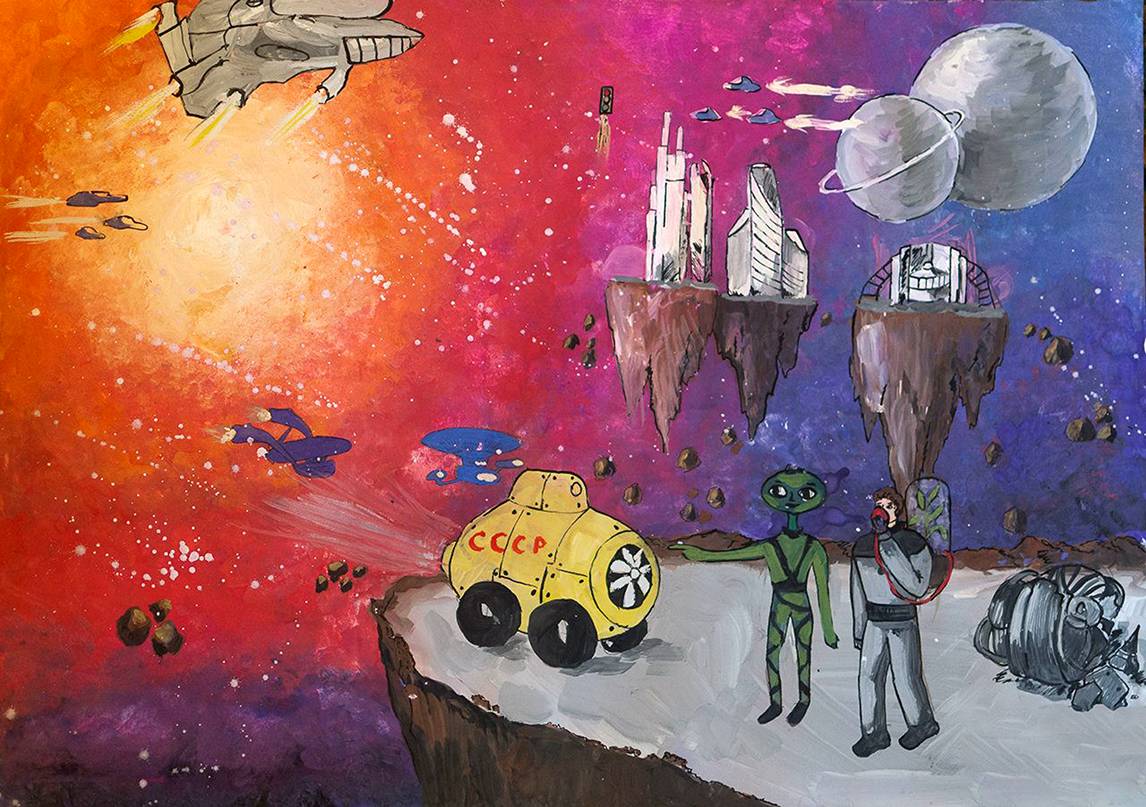
And here I would like to especially highlight the vision that the filmmakers have of humanity itself. This is something phenomenal, worthy of discussion as a phenomenon not only in cinema, but also in the ideological doctrine of the West. The film argues that this essential humanity is not yet complete, having reached the heights of knowledge:
- That the mysterious “they”, inhabitants of fifth-dimensional space, capable of creating gravitational anomalies on a cosmic scale, space-time hypercubes, etc., are the future of humanity.
- That the key to a new future lies at the intersection of science and feeling: two fiery monologues about the mysterious force behind the elevated feeling of love, a story in which the feeling of love is an important factor in the connection between people over time and space.
- And finally, a cautious statement against elitism. A small and brief dialogue that was heard during the meeting of the main character, the pilot and engineer Cooper, with the venerable physicist, head of the NASA project:
– I heard they kicked you out. [из НАСА] for refusing to drop a bomb from the stratosphere on starving people.
“When they realized that mass killings wouldn’t work in the long term, they took us back in, but secretly.
Thus, the film, aimed at a mass audience, also talks about the possibility of resolving conflicts in a way acceptable to the elite: mass murder. But the authors do not pay attention to this, but immediately, through the main character, convey the idea of the need to save humanity as a whole, without exception.
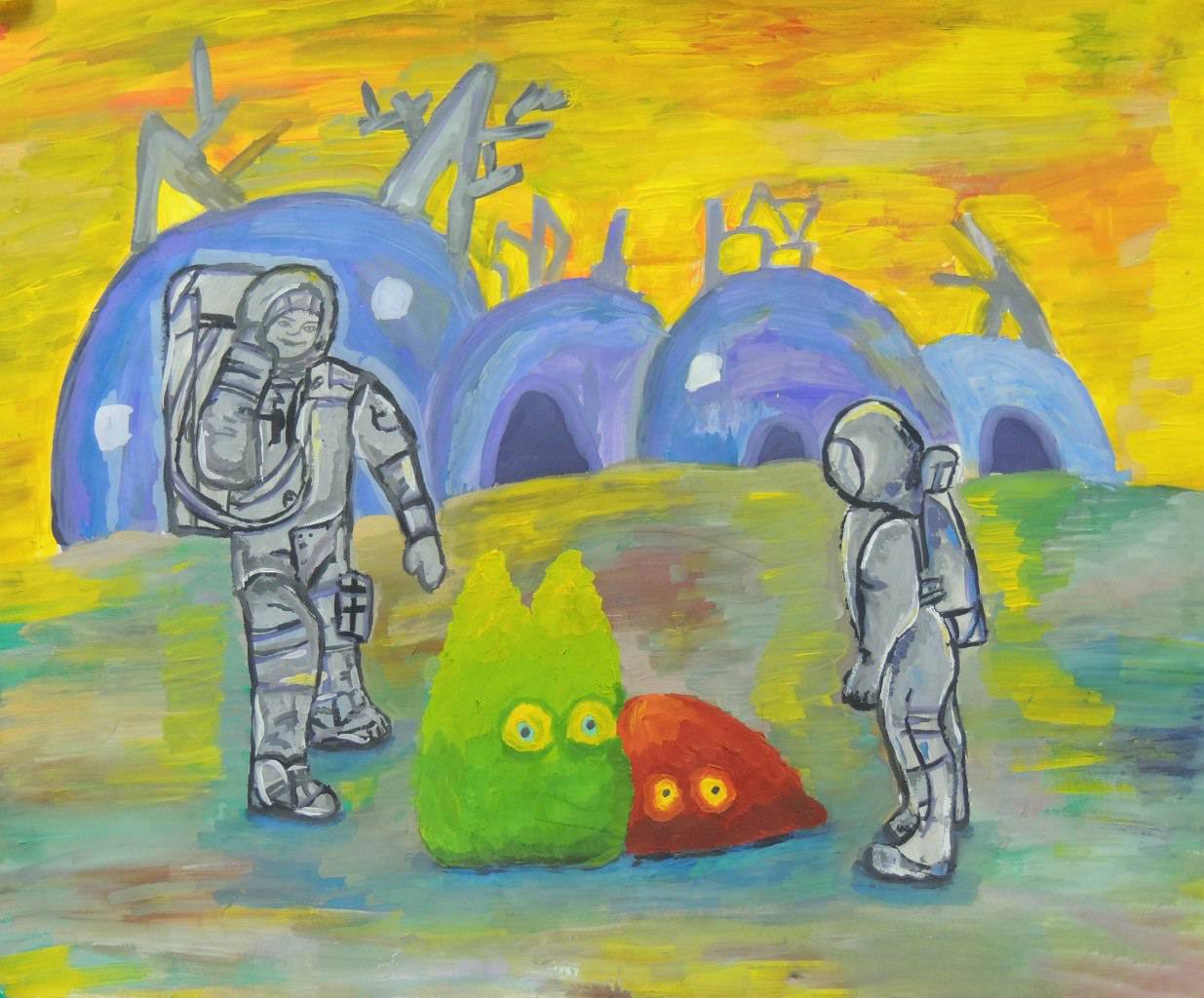
The pathos of saving humanity in this film is somewhat more complex than typical Hollywood clichés. Here two ideas collide to save humanity: plan A is the creation of a space station, in which the humanity that currently lives must be saved, and plan B, based on the possibility of saving humanity as a species: The genetic material must be dropped on a suitable planet, and then the species Homo sapiens was recreated from it.
The elite, in this case no longer political but intellectual, divided on the question of methods of salvation. One part, presented by Professor Brand, is pessimistic and agrees to sacrifice all truly living humanity, speaking of overcoming the individual instinct of self-preservation for the sake of the survival of the species. And in this he sees his own sacrifice, a lofty goal:
– He [профессор] He destroyed humanity in himself to save humanity, he made an incredible sacrifice.
This is contradicted by the voice of a simple engineer, who, at the key moment of the discovery of these circumstances, exclaims:
– No! The millions of people left on Earth are making an incredible sacrifice. They will die because he, in his terrible arrogance, has stolen their future.
“Terrible arrogance” of the elite, who abandoned humanity for… Doesn’t this statement seem like an assessment of a certain project that, in reality, is already outside the framework of the film and that exists in the modern world?
The astonishing variety of ideas addressed in this film is complemented by the peculiarities of cinematographic language.
First of all, I would like to point out the high intellectual component of the film: there is no attempt to simplify the plot, science is presented as a complexity that can be mastered. On the contrary, we can remember the stereotypical “wise men” from comic book movies: strange people who create something incomprehensible that works miraculously.
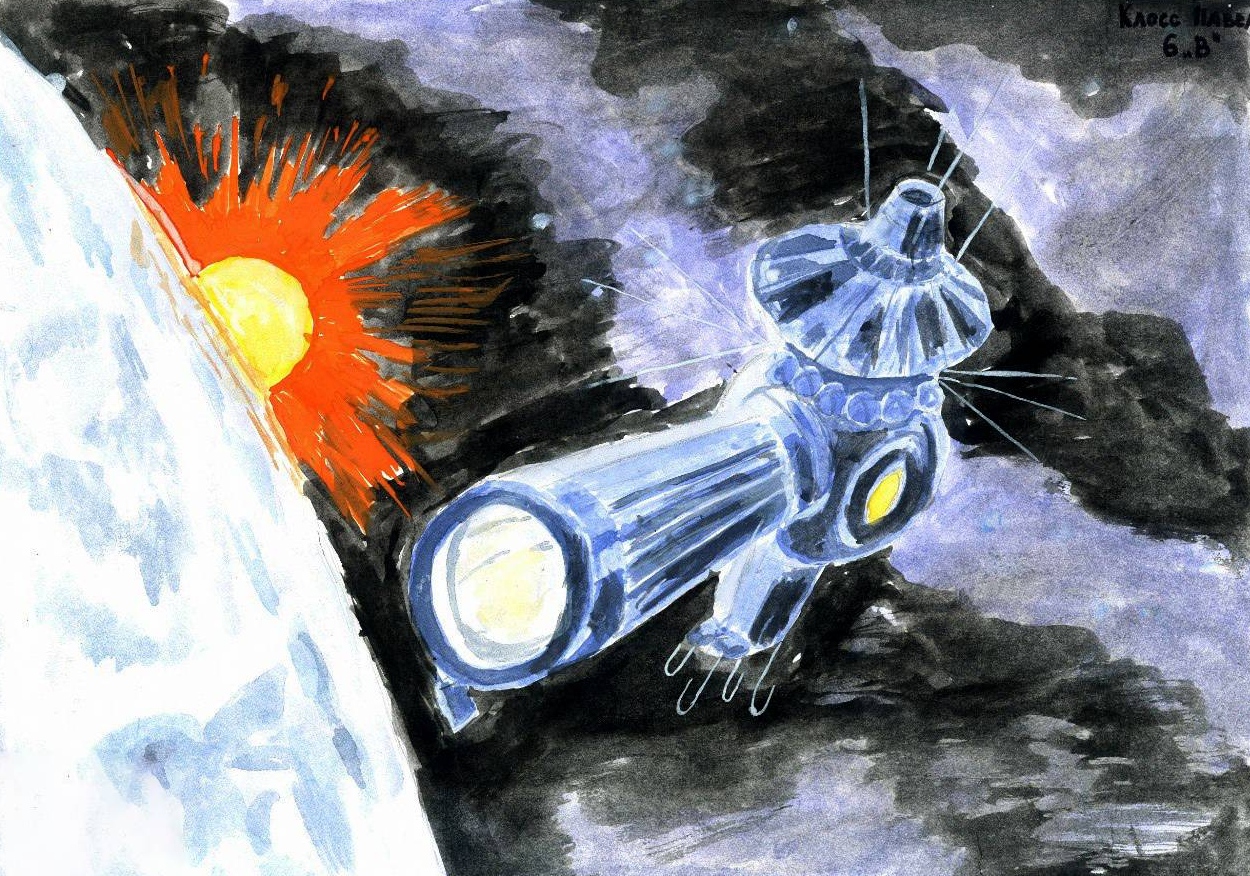
The next most impressive thing I would like to mention is the film’s soundtrack. These include moments of complete silence during the development of the orbital episodes, and organ sounds reminiscent of the volumetric chords of Bach’s works, and many instrumental compositions that are strikingly inscribed in the depicted image. The musical accompaniment has an unusual melody to the detriment of the obsessive rhythms of modern mass music.
It is impossible not to notice the highlight of the film – a masterfully created picture, ascetic in the color palette, but with a subtle taste, in which the special effects of space surprise with their grandeur, but do not create the impression of a cabin variegated. The graphics and restraint make both the shots of fading terrestrial life and the stunning views of distant planets picturesque with their novelty and realism. The character of each of the planets is represented in such a way that their subtlety and skill create the feeling of a real visit and presence.
Throughout the film a poem by Dylan Thomas, a Welsh poet, is used. He is cited several times, in different circumstances. The presence of poetry in cinematographic expression is a very rare phenomenon. I will give a translation of the spoken part of this poem so that you can appreciate the depth and passion of the declared protest:
Don’t go humbly
In the twilight of eternal darkness,
Let infinity burn
in a furious evening;
Anger burns in
how the mortal world is extinguished.
What the wise say
that only the peace of darkness is correct.
And don’t light a smoldering fire.
Don’t go humbly
In the twilight of eternal darkness,
Anger burns in
how the mortal world is extinguished.
If we combine these characteristics of cinematic expression with the depth and complexity of the ideas raised, then we can safely say that a work created in an elite language has entered mass cinema.
Yes, the film is based entirely on the North American cultural base: it touches the characteristic images of this culture, transforms its constants. And he adds some postulates very close to our culture: the ideas of self-denial, heroism, heroism, the victorious power of elevated feelings. Therefore, using the language of a specific culture, he speaks of the dream of all humanity.
The battle for humanity’s dream is possible and must be fought on all fronts, on any cultural basis, through all the arts and sciences. Dreams and aspirations must not only return to the people, but must also form a unique and inextinguishable dream: the dream of humanity.
Source: Rossa Primavera
I am Michael Melvin, an experienced news writer with a passion for uncovering stories and bringing them to the public. I have been working in the news industry for over five years now, and my work has been published on multiple websites. As an author at 24 News Reporters, I cover world section of current events stories that are both informative and captivating to read.
